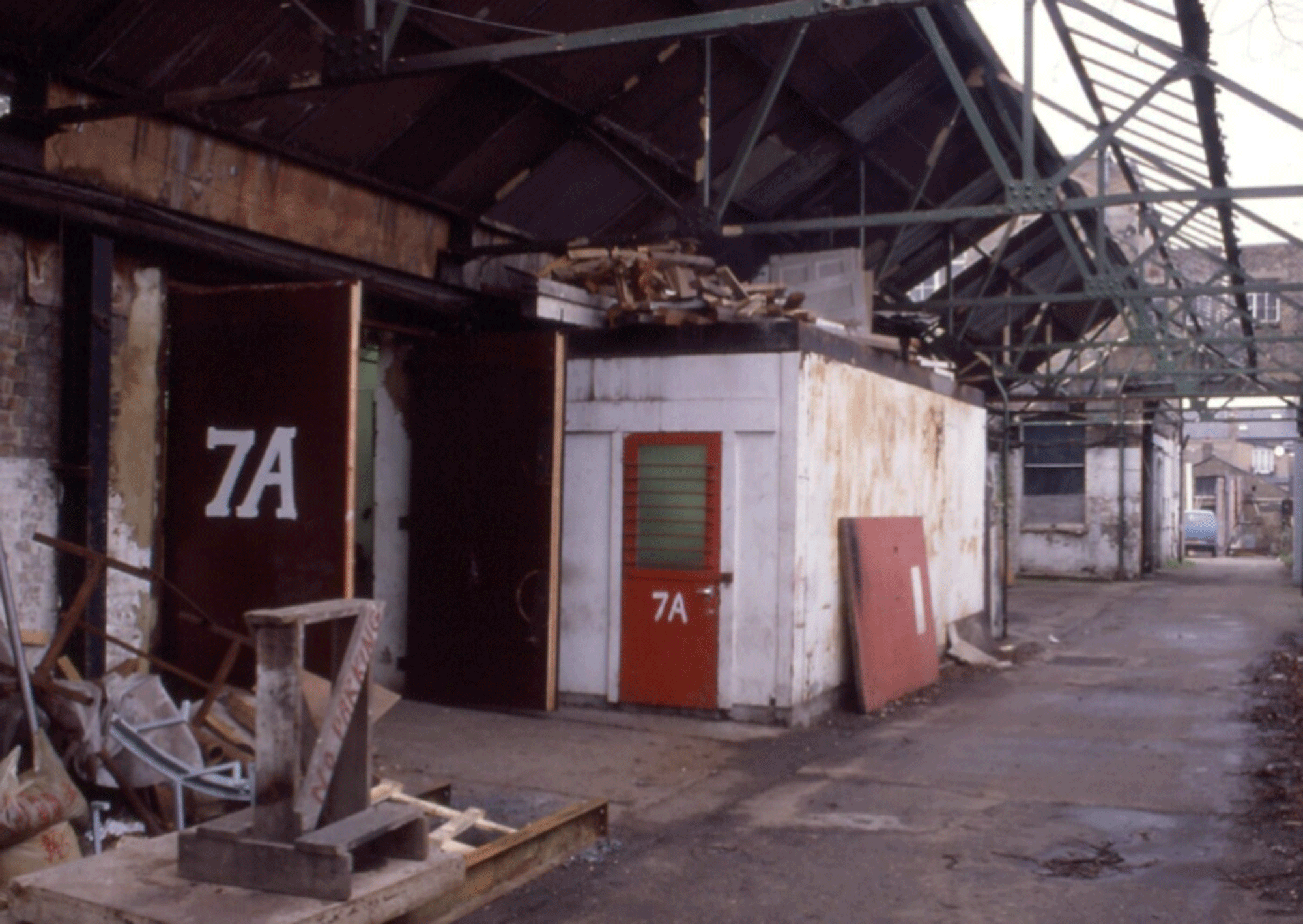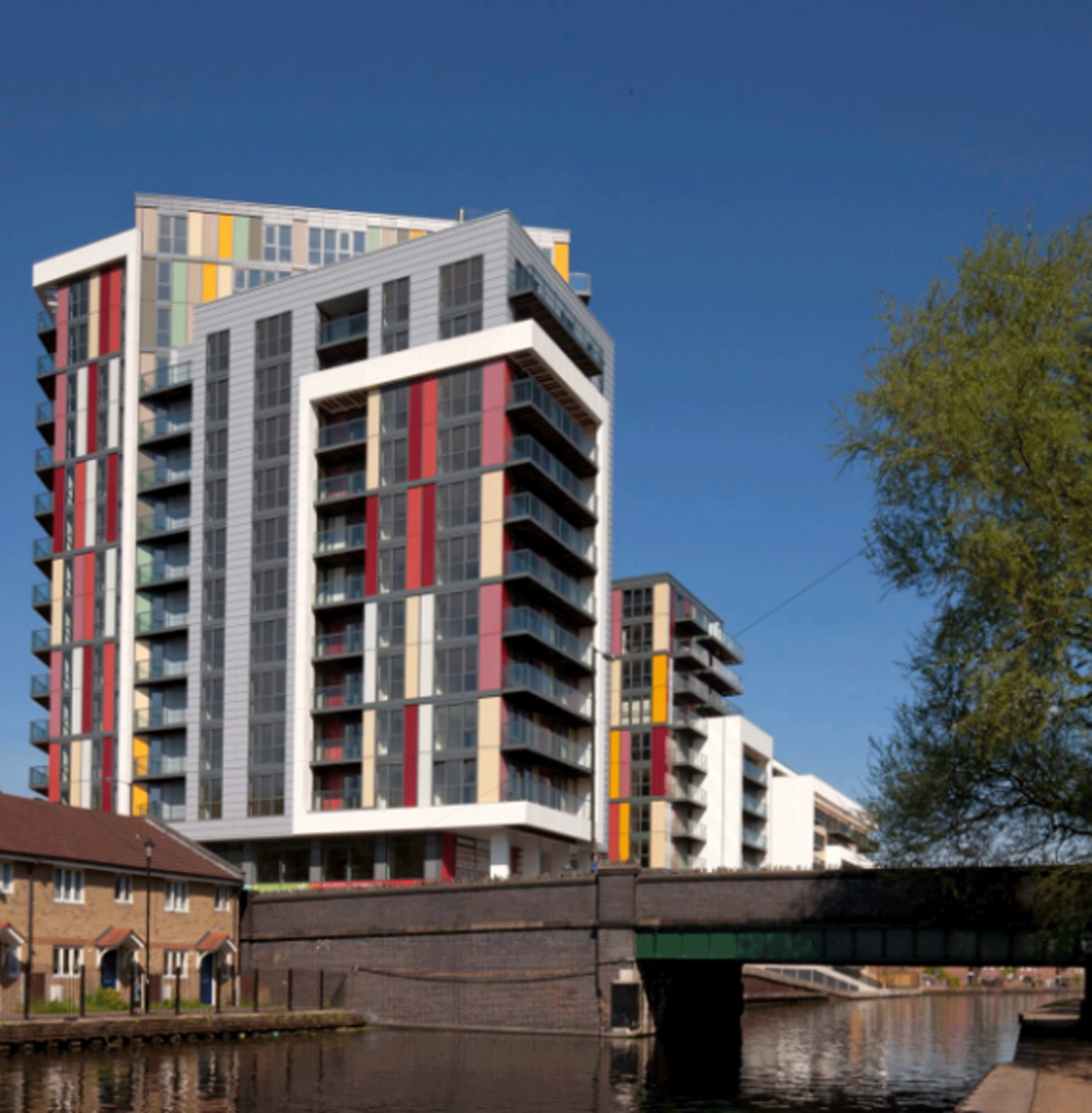The globalization of contemporary art and artist-in-residence programs
Part 3: The globalization of contemporary art, and cultural democracy – ii
By Kanno Sachiko

Building on our preceding exploration of the artist-in-residence (AIR) system, this installment delves into British cases in the 1970s and ’80s.
2-1. Artist self-help initiatives
British contemporary art is deemed to have first truly caught international attention when a group of art students including Damien Hirst [*1] organized the “Freeze” show in 1988. Back then, tasks such as exhibition planning and sales, funding, and catalogue production were performed by a curator; the display and sale of works by the gallery, so people were surprised that a group of student amateurs could successfully do it all, an achievement that also did not go unnoticed outside Britain. [*2] Less positively, the fact that Hirst et al. had no choice but to organize their own exhibition also pointed to the sparse and underdeveloped nature of contemporary art infrastructure at the time. Back in 1988 the British capital had almost no contemporary art market and few galleries, and there was neither a support system nor many opportunities for fine art graduates aspiring to careers as artists. For contemporary artists of a generation or two before Hirst and his associates, the situation had been even more desperate; their only option was to create their own spaces for creating and presenting their art. Thus, through trial and error artists were putting in place the foundations for their own unique creative activities. The term “artist initiative” refers to this kind of self-help in which artists assist each other without the specialist services of curators and gallerists, and activities of this sort flourished across Europe during the 1970s, including in Britain.
2-2. Studios for artists! The ACME Studios story
Around the same time as Michael Haerdter et al. were getting Künstlerhaus Bethanien up and running in West Berlin, some intriguing self-help initiatives were kicking off in London.
The first example was an attempt by young artists to secure their own studio and living spaces in one of the most expensive cities in the world. This was ACME Studios of East London, which still supplies affordable studio space to artists, and runs an artist-in-residence program that accepts artists from all over the world. [*3]

Acme Lane Studios, 1990. © John Riddy, courtesy Acme Archive.
ACME Studios was started in 1972 by a group of seven artists including Jonathan Harvey [*4] and David Panton, both of whom had recently completed fine arts degrees at Reading University. They had made their way to the capital with sights set on the contemporary art scene, but straight out of university, with no money, contacts, experience or professional track record, making their own way financially in a city where both rents and prices were high, was nigh impossible. So they found housing, retail premises and other buildings slated for demolition, and tried negotiating directly with the Greater London Council that managed the buildings, to rent them. The pair were told that they had two options. One was to occupy publicly owned sites illegally by squatting; this however would mean eventual eviction. The other was to go away, form a legal housing association, come back and ask again. To start up a housing association as suggested by the authorities, the seven students each had to pitch in ten pounds for the registration fee. Having somehow managed to scrape together sufficient funds, in November 1972, the ACME Housing Association came into being. In March the following year, 1973, the Association was able to rent two vacant shops in the East End of London at low cost. However these properties, due for demolition in 21 months’ time, had no gas, electricity or water connected, and were in dire condition, and the Association had to renovate them itself. The rental agreement clearly stated that both properties were to be handed over unconditionally when it was time for them to be demolished. For the GLC this had the merit of making effective use of buildings soon to be demolished, generating new possibilities for utilizing vacant properties, so the arrangement was a win for both parties. Harvey and the others for their part gained the trust of the local authorities by keeping their side of the bargain.
For Harvey and Panton personally however, who had originally intended to pursue their own artistic careers, the success of this initial venture was fateful. As word spread, artists began to congregate around the pair in large numbers, seeking assistance, and by December 1974, two years later, they were operating studio spaces in 76 properties, housing 90 artists and their families. In the end the pair abandoned their own artistic aspirations and devoted themselves to running ACME Studios, becoming joint executive officers, an arrangement that lasted for 44 years until Harvey retired in 2015. To date over 7000 artists have been supported by the scheme. [*5]
In this way ACME Studios evolved into a crucial provider of intermediary support for art and artists. In 1987, with help from the likes of the Arts Council of Great Britain [*6] and British Council [*7], ACME launched the International Visual Artist Studio Exchange Program, and now accepts recommended artists from outside the UK through an international network of cultural organizations and institutions in five countries.
For many years after its launch, ACME Studios received operational grants from the Arts Council, but it has now evolved into a financially independent intermediary organization. A virtuous feedback loop has emerged in which artists who once rented those cheap studios and have since enjoyed international success, are now investing in the organization that helped them. It is the presence of intermediaries like ACME Studios that enables London to keep attracting artists from all over the world.
2-3. Jobs and opportunities for artists! The Artist Placement Group story
In 1970, slightly ahead of the launch of ACME Studios, something else very interesting was underway in London. Conceptual artist John Latham [*8] and his partner and fellow artist Barbara Steveni [*9] had established the Artist Placement Group (APG). [*10] Based on the idea that artists could also make a social contribution within the institutional framework of society, eg through companies and organizations, the group started doing something that had never occurred to anyone before: dispatching artists to private businesses and public institutions. It was Steveni who came up with this idea and first put it into practice. While collecting scrap in west London to use as art material, it had struck her that rather than using rubbish dumped outside factories, it would be of greater benefit to society to send artists directly into those factories. So she started APG in an attempt to connect artists and business by finding placements for artists in the business world. Steveni wrote to potential host companies and public bodies, explaining APG’s purpose and providing an overview of its activities, to see if any would be willing to receive an artist. Most of the organizations chosen for potential placements were heavy industries or state-owned enterprises, and not unexpectedly, the response to such an experimental venture was mixed. Steveni wrote to over 100 businesses and organizations, but only six placements resulted, in part because the receiving bodies and businesses had to pay the artists on placement a wage. Steveni stated that the aim of APG was to explore new ways to support artists that connected the two very disparate domains of industry and art, and APG’s initiative here anticipated the system known today as artist-in-company.
With artist-in-company arrangements, the expectation is that artists will bring new stimulation, value, and ideas to businesses, tertiary institutions and other organizations where a high degree of sophistication and creativity are demanded, by engaging in outside-the-box creative practice. Examples include the high-fashion label Hermes [*11], textile innovator Hosoo [*12], and IT firm Microsoft. [*13] AIRs of this kind could also be described as investments in the future.
2-4. In conclusion
Here I have looked at self-help activities initiated by London artists. London today plays host to a diverse community of art practitioners from around the world, engaged in an equally diverse range of activities. The city also has a high concentration of famous art museums and cultural facilities, including the National Gallery and Tate Gallery, adding to its reputation as an international cultural capital. Yet one does not have to trace back too far to see the circumstances under which artists in both Berlin and London arose and began to build the infrastructure for new creative activities themselves. It is within this contemporary art framework that in turn, the artist-in-residence system has evolved, helping artists to meet, provide each other with creative stimulation, and cultivate their talents.
Matchmakers Wharf Studios, 2012. © Morely von Stemberg, courtesy Acme Archive.
[*1] Damien Hirst (viewed May 16, 2025).
[*2] “Freeze” is also known as the beginning of the YBAs (Young British Artists) who rose to prominence in the 1990s, and was hugely influential among young artists of the time seeking alternative modes of expression.
[*3] ACME Studios (viewed May 16, 2025).
[*4] Jonathan Harvey (viewed May 16, 2025).
[*5] ACME 50 (viewed May 16, 2025).
[*6] British intermediary arts organization, now known as Arts Council England (viewed May 16, 2025).
[*7] British Council: British overseas cultural exchange organization (viewed May 16, 2025).
[*8] John Latham (viewed May 16, 2025).
[*9] Barbara Steveni (viewed May 16, 2025).
[*10] The activities of APG have influenced those of many different groups both British, and from further afield. In Kyoto, APG was used a reference for launch of the Higashiyama Artists Placement Service (HAPS).
[*11] Artists’ Residencies|Fondation d’entreprise Hermès (viewed May 16, 2025).
[*12] Hosoo Gallery (viewed May 16, 2025).
[*13] Artist in Residence|Microsoft (viewed May 16, 2025).
Kanno Sachiko
AIR Lab Arts Planner/Researcher
Kanno became an independent art organizer and researcher after working for the British Council Tokyo and the Japan Foundation. She received her MA and PhD in Cultural Resources Studies from the Graduate School of Humanities and Sociology at the University of Tokyo and a postgraduate degree in Decorative Arts History at the University of Glasgow. Her expertise includes artist-in-residence programs, UK cultural policy, and international cultural exchange. Notable projects as a writer include Gendai āto to gurōbarizēshon – Ātisuto in rejidensu o megutte [Globalization of contemporary art: Artist-inrResidence] in Gurōbaruka suru bunka seisaku [Globalization of cultural policy] (Tokyo: Keiso Shobo, 2009), and as co-editor, Ātisuto in rejidensu: Machi・hito・āto o tsunagu potensharu [Artist-in-residence: On the potential to connect communities, people and art] (Tokyo: Bigaku Shuppan, 2023).